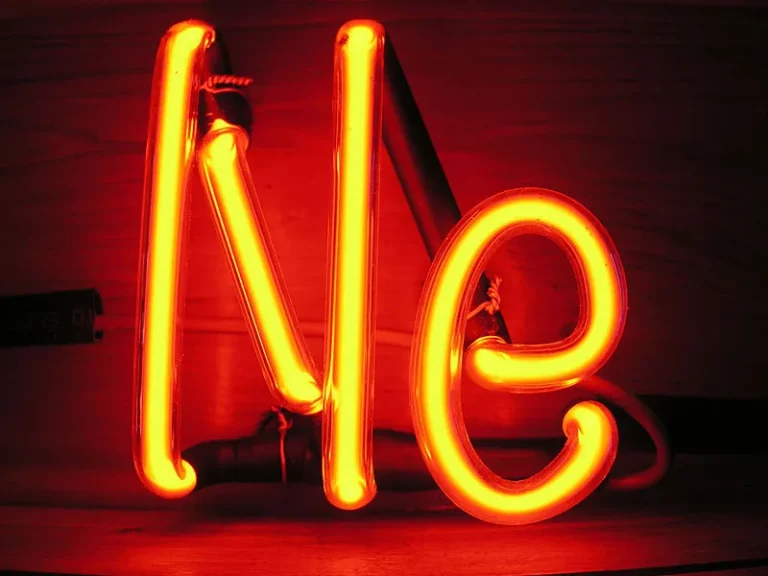Neon lights have been around for several decades, but they’ve only recently become a prominent part of the street design landscape. Once restricted to nightclubs and arcades as a novelty, neon signs have become a staple of modern architecture and a popular feature for interior design projects. The history of neon light signs dates back to the early 20th century and has evolved along with Western cities’ culture and design sensibilities and matches their color choices.
This article will discover the evolution of neon lights, their widespread adoption in architecture, and the changing perceptions of neon lighting in the 21st century.
What is Neon Light?
Neon lights are lighting devices that emit light via a gas that is both volatile and transparent. The earliest forms of neon lighting used a flammable gas to create an orange or red glow. Modern neon lights with modern garden fences are often created by combining red neon gas with transparent liquids, including carbon dioxide and ethanol. This combination of chemicals creates a white light that is both safe to use and highly visible.
Several types of custom led sign can be found in architecture, interior design, and everyday life. These include neon signs, neon logos, neon artwork, neon clothing, and neon furniture. Neon signs are generally transparent tubes that are mounted on walls. These signs are capable of projecting a text or image that is clearly visible from a distance. On the other hand, neon logos are designs created from a circle or different shapes. These logos are generally placed on clothing and other items to draw attention to the owner.
The Invention of Neon Light
The invention of neon light is considered a result of the discovery of neon gas. Initially, this discovery was made by the French physicist Victor Lecaviolette in 1910. Shortly after, John LOGAN and Charles LARKIN discovered that they could create an orange glow by suspending an electric lamp in an airtight glass container. These glass tubes were referred to as “logos,” and they became a popular decorative item in nightclubs and hotels across Europe.
Decorative Neon Lights in Architecture
The popularity of neon lights was significantly boosted in the late 1930s by introducing them for signage and advertising. These signs were first used for advertisement and then architecturally. Architect Charles LARKIN designed a sign for a nightclub in Tottenham Court Road, London. The sign used the neon art of Charles LARKIN as the logo, and it became one of the most popular signs in the Architectural world. Architect Charles LARKIN is also credited with the first neon sign in America—a sign adorned with the American flag.
Neon Ads in the Media
The neon lighting trend was briefly halted when World War II broke out. Though neon lights were initially seen as a frivolous way to decorate nightclubs, they were eventually reappropriated by the media. In the 1930s, neon signs were used on movie posters. This was because they were seen as a cheap and effective medium to promote upcoming releases. Movies such as Psycho and The Graduate utilized neon lighting as a significant part of their production and promotion. From the 1960s through the 1980s, neon lighting was also used in television ads—first for soda and then for household items like appliances.
Neon Lighting in Everyday Life
From the 1960s through the 1980s, neon was mainly a decorative feature in interior design and architecture on countertops and bedrooms. Neon lighting was popular among interior designers, and it was also used to create a futuristic or sci-fi look for houses. Similar to the introduction of vinyl records in the 1950s, neon was not only a novel way to create lighting, but it was also a cheaper alternative to traditional lighting methods, especially with the shades of black, such as electric lighting or gas lamps.
Conclusion
After the success of neon lights in the 1930s, multiple research groups and companies began developing efficient neon production and design methods. In the 1950s through the 1960s, neon light signs evolved into digital signs, while neon logos became prevalent in everyday life, such as on clothing and gadgets. Neon’s popularity largely depends on its affordability and availability. Neon lights are cheap and easy to produce, and they can be found in almost any store or market. Neon lighting also remains relatively common throughout society and continues to find new applications in everyday life and architecture.

